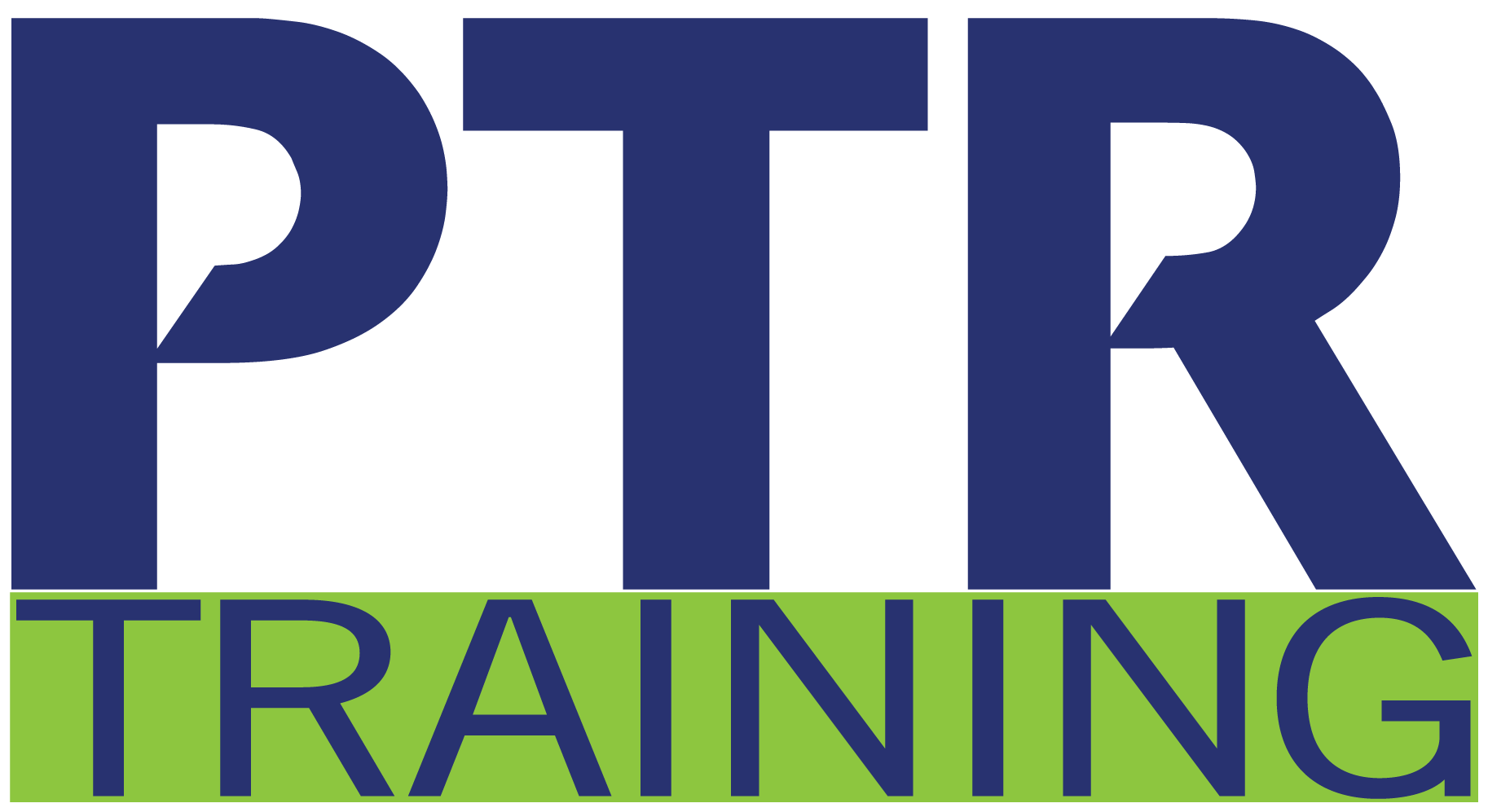Root Cause Analysis (RCA) is a set of methodologies used to analyze problems and find critical faults with those problems efficiently. This course will teach you tools for finding the root causes of problems and focusing on what matters the most. You will learn skills for problem-solving, decision-making, impact analysis, fault finding, reliability, process control, and identifying symptoms, impacts, consequences, and effects.
Learning Objectives »
- Use a step-by-step approach to RCA.
- Question the cause of problems to find underlying issues.
- Avoid common pitfalls.
- Apply the 5W1H technique to generate clusters of questions.l
- Use a questioning technique to consider the consequences of change.
- Employ cause and effect diagrams to visually find faults.
- Apply the Pareto Principle to focus on what matters most.
- Use a powerful matrix to identify high-risk areas.
Course Agenda
Performance Review Strategy
- What is Root Cause Analysis?
- Steps for Effective RCA
- 8D or 8 Disciplines
- Types of Causes
- Best Practice of Guidelines
- Pitfalls of RCA
Root Cause Analysis Techniques
- 5W1H
- Clustering Questions
- Appreciation Technique
- So What?
Cause and Effect Diagram
- Steps for Diagramming Cause and Effect
- Guidelines for Diagramming
- Using an “AND” Operator
- Manufacturing
- Marketing Services
Pareto Analysis
- Pareto Principle
- Pareto Analysis
- How to Use Pareto
Impact Analysis
- The Purpose of Instant Analysis
- Steps for Instant Analysis
- Reinforce Learning





